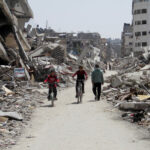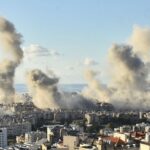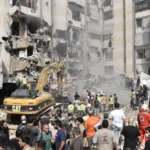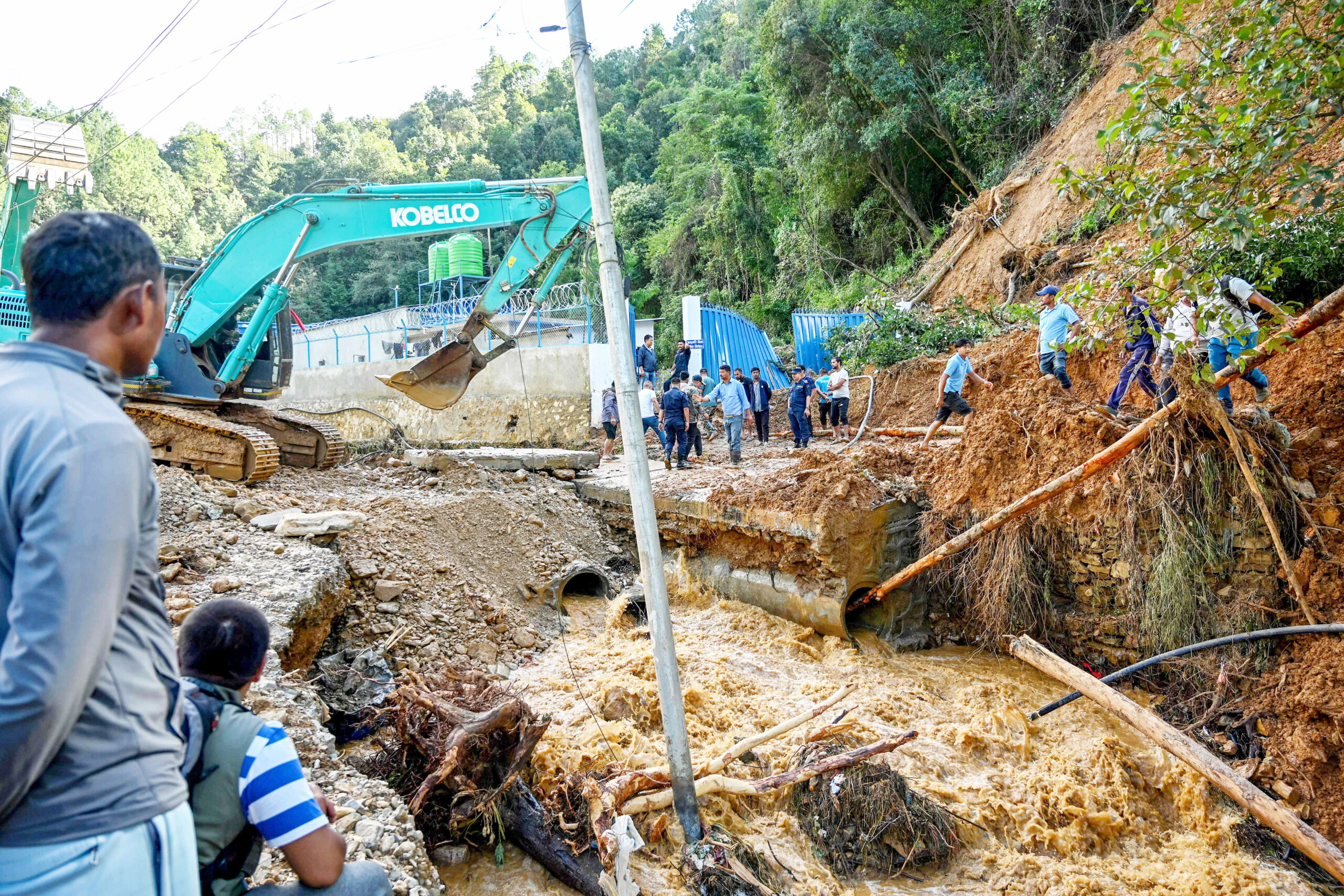KAVRE – Survivors of the raging monsoon floods that cut through Nepal over the weekend condemned the government for the relief efforts, which were grossly inadequate after the disaster, and at least 225 were reported dead.
Whole parts of the capital, Kathmandu, were submerged, and remote villages in this Himalayan nation had to wait for aid as slow relief response sowed the seeds of growing dissatisfaction among those affected amid broader concerns over an incoherent response.
“There is no road, so no one has come,” said Mira KC, resident of a village in Kavre district, a locality located towards the east of Kathmandu. “Even if they do, those who died are dead already, and the damage is done. All they will do is offer condolences. What can they do?”
The most immediate floods have particularly affected Kathmandu’s poorest residents, who live in makeshift slums alongside the Bagmati River and its tributaries. These were among the worst areas affected, with homes destroyed and families displaced.
“In some areas of their slums, floodwaters have invaded homes, meaning residents must spend a few days being temporarily housed in a local school, said Man Kumar Rana Magar, 49, one of the slum residents. But he said they were forced to leave the shelter long before they were prepared for the long walk back home, which was when classes needed to resume at the school.
“We are near the capital. If they can’t cope with the poor this close, what will they do with the rest?” wondered Magar, pointing out the struggles in the capital while questioning the effectiveness of the response.
Reports from the police officials establish that up to now, the death tolls attributed to the floods that followed weigh at 225, but 24 are still reported missing. Various parts of the areas remain cut off, and survivors are in a desperate situation as they will await additional support after rescue operations have saved over 4,000 people.
Nepal’s weather bureau said the weekend experienced the heaviest rainfall in over two decades, a 24-hour cycle with 240 millimetres or 9.4 inches of rain. Experts say the scale of the disaster is due to the damage climate change is inflicting on extreme weather events, such as the monsoon flood.
Despite early forecasts of heavy rain, some experts argue that the authorities did not take adequate precautions. “Precautions that should have been taken were ignored,” said Arun Bhakta Shrestha, a climate expert at the International Centre for Integrated Mountain Development, a Kathmandu-based think tank.
Nepal’s disaster management expert, Man Bahadur Thapa, has also said that a general lack of coordination and scarce resources hampered relief operations. “The lapses in planning and resource distribution greatly staggered the rescue operation,” he said, stressing the need for improved disaster response systems in the future.
This also brings tough challenges for the survivors who emerge as victims of such a disaster for unknown shelter, road damage, and what might be a challenging task- rebuilding their lives. Such a disaster would also make continuous criticisms about the governmental reaction since there will be an urgent need for better planning and resource management to put down such disasters in the future.















